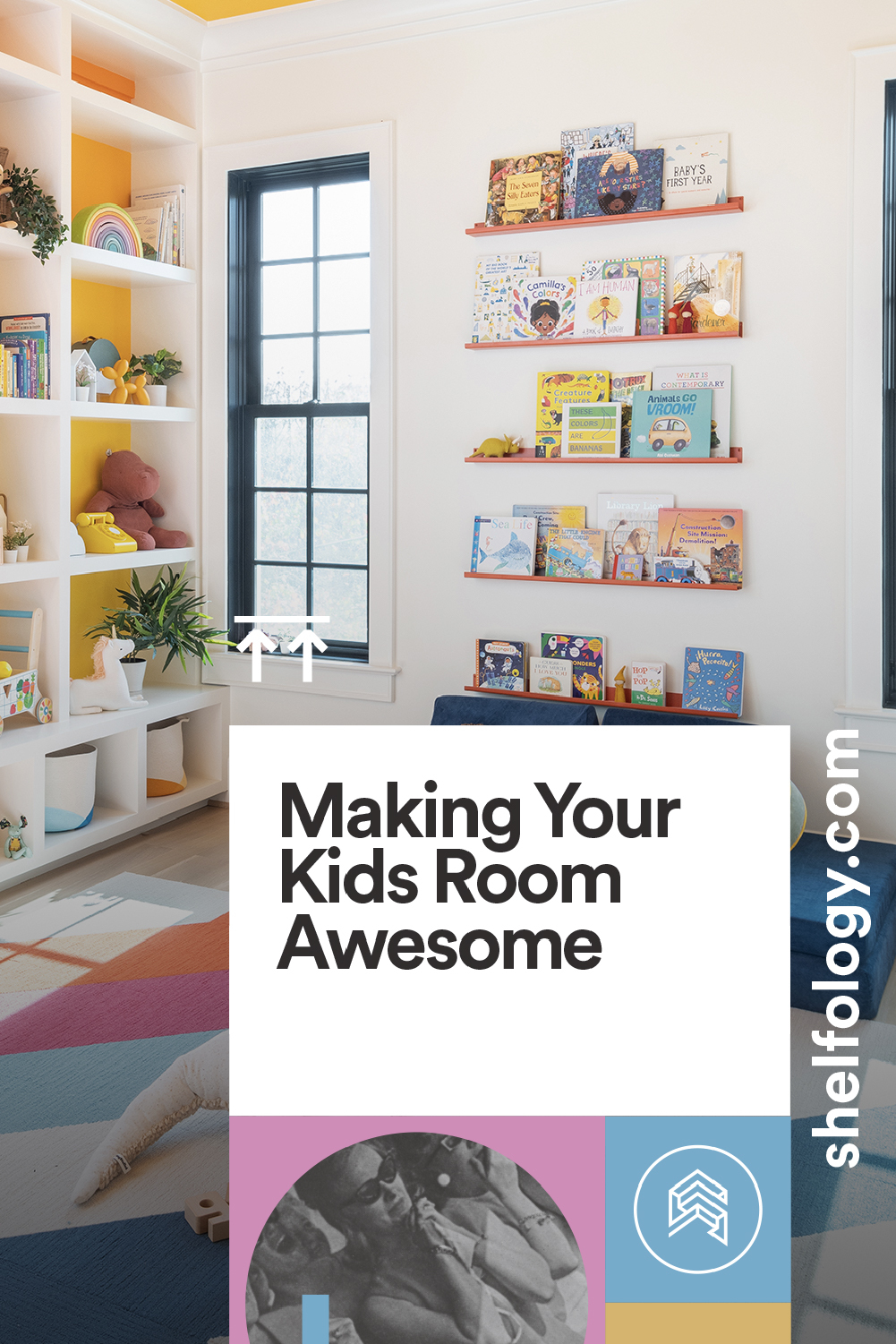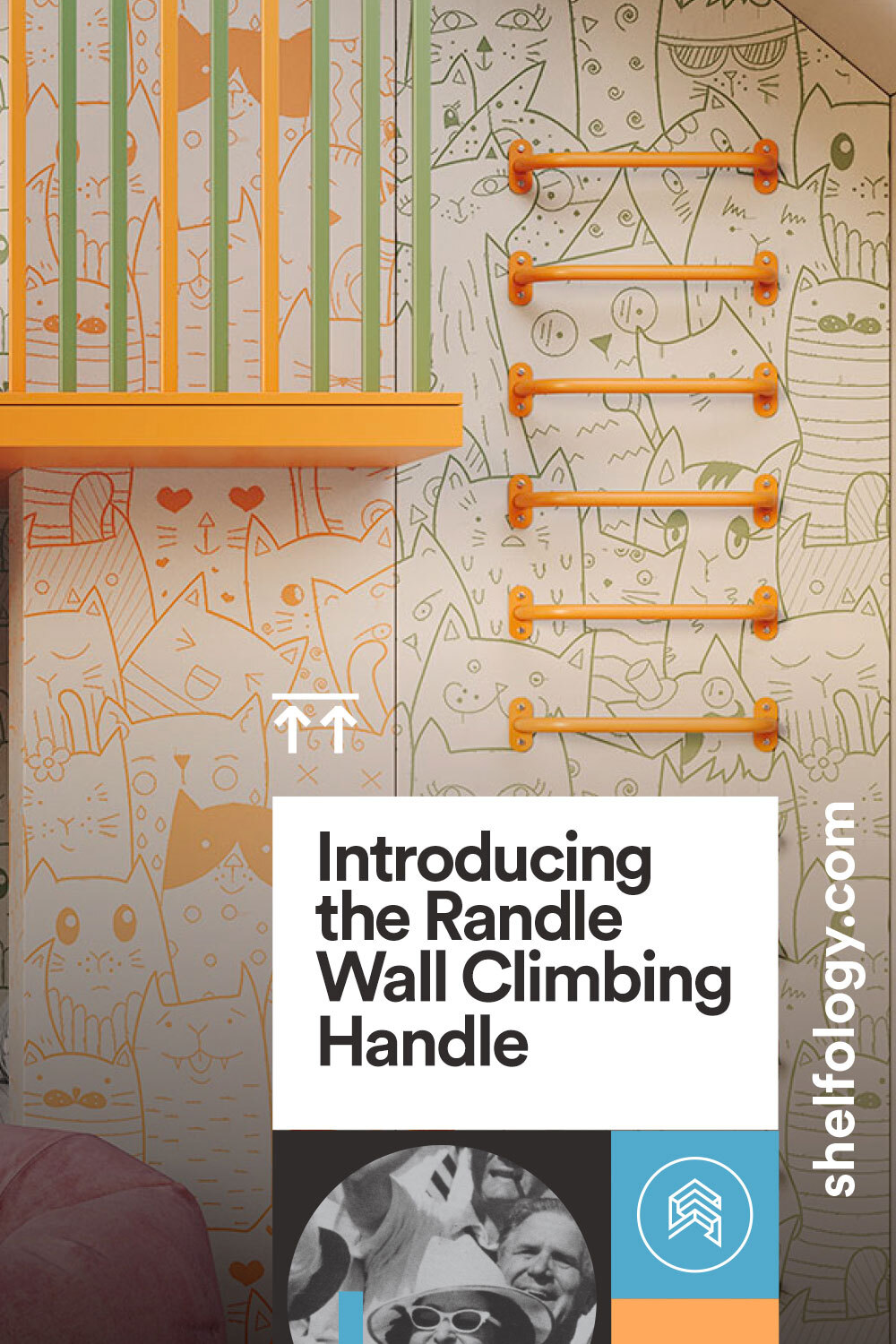How to Build DIY Kitchen Floating Shelves
We know you’ve seen those “scary” blogs that say hey, I built my own shelving, and you can too! When you take a look at them, it definitely seems too complicated, right? Honestly, if you have the right tools and enough patience, you, too, can build your own shelving for a fraction of the price.

In this blog, we’re going to tackle this project: building your own DIY kitchen floating shelves from scratch. Let’s dive right in!
Before You DIY Your Kitchen Floating Shelves:
What Are DIY Floating Kitchen Shelves?
There are basically three ways to go about this project. All three involve you doing the work, rather than a contractor. That’s all that makes your project DIY—and we know you can rock whichever route you choose to take.
-
You buy a sturdy shelf bracket and build your own custom hollow shelf.
-
You buy a sturdy shelf bracket and a separate custom wood shelf slab and use those pieces together.
-
You buy a pre-built shelf kit (like ours here) and you “Bibbidi-Bobbidi-Boo” it up on the wall. You can learn more about this process here: Floating Shelves 101: How to Hang Your Shelves Like a Boss
We’re going to cover that first option in more detail within this blog, so hang tight – it can be done!

What Height Should Floating Kitchen Shelves Be?
We’ve discussed this in a previous blog, The Right Height for Kitchen Shelf Placement, and the TLDR is that standard upper cabinet placement begins at 18” above the countertop. However, the final decision is really up to you. As long as you can reach the things you need and are happy with the spacing of your shelves, “don’t take no crap from no one.”
What You Will Need for DIY Kitchen Floating Shelves:
Now that you are both informed and liberated, let’s move on to what you will need for this DIY project. Keep in mind that this list will include materials to create your own hollow shelf. If you’d prefer a hardwood, full-thickness slab, you’ll also need woodworking tools to bore this hole yourself.

Strong, Heavy-Duty Shelf Brackets & Anchors
If you really want the strongest shelf possible, don’t skimp on this step. The hardware and bracket are what will determine your shelf’s final weight capacity. For a look at our shelf bracket options, check out DIY Brackets + Hardware: All Things DIY Wall Decor.

Power Tools
For power tools, you’ll need a drill, a finish nailer, and a miter saw.
Other Tools:
You’ll also need a measuring tape, a level, some wood glue and wood filler, a stud finder, and a mallet. Oh, and you’ll need a bunch of wood to build your shelf out of, too! For a basic pine shelf, choose 1 x 12” and ⅜ x 3” pieces that will be long enough for your project.
How to Build Your DIY Kitchen Floating Shelves:
#1: Measure and Level
Start out your project by measuring how big you want your shelves to be and mark out level spaces for your brackets. It can even help to pre-install your brackets where you want them before you even start building your shelves. It’s up to you.
#2: Use the Spacing on Your Bracket to Guide Your Shelf Build
You can build your shelving however you’d like, but the most basic hollow shelf build will have a slit in the back of the shelf that should accommodate any bracket length you want to use. Just make sure you make the shelf length comparable to the bracket you are using.

#3: Cut All of Your Pieces
You will need seven separate pieces for each shelf. Designing your own shelf will require some woodworking experience. Keep in mind the width of your blade when you cut pieces and how much the finishing pieces themselves will add to your shelf’s size!
1 & 2. A top slab & bottom slab of equal size.
3 & 4. Two slim sandwich pieces to place in between each slab on the right and left.
5 & 6. A left & right side finishing piece (like trim) of mirrored shapes with one angled edge. (45 degrees)
7. A front finishing piece to run the length of the shelf with angled edges. (45 degrees)
If you need to visualize this in three dimensions, cut the pieces out of paper and see how it’ll all fit together!
#4: Assemble Your Shelf
-
First, you’ll want to take the top slab piece and apply wood glue to the edge. Make sure you don’t use too much. Then, nail on the front finishing piece, making sure the angled edges are lined up properly.
-
Next, add the angled side finishing pieces, ensuring that there is wood glue wherever wood touches wood.
-
Then, the “sandwich” pieces get added on each end of the shelf, making sure that every side has glue before nailing in place.
-
Finally, glue and nail in the bottom shelf slab.

#5: Let Your Glue Cure
Don’t skip this step! The glue needs time to harden and cure before you add anything else wet to the shelf. Your finishing nails might be doing the brunt of the work for now, but the glue is intended to be a cornerstone strength factor, too.
#6: Sand, Then Paint or Stain
Once you’ve sanded down all of the rough edges, it’s time to add a splash of color or texture to your shelf. Pick whatever paint or stain will go well in your kitchen, and go to town! Make sure your paint or stain is completely dry before you hang your shelf.

#7: Slide on Your Beautiful, DIY Shelf!
All that’s left now is to slip your handiwork onto the bracket and secure it in place; you can do this with anchoring screws or construction adhesive. If you measured everything right, there shouldn’t be any wiggle room, to begin with.
Anyway, get that juicy shelf up there so you can decorate it to your heart’s content! Don’t forget to stay within your shelf’s weight limits, though. It would be a tragedy worthy of Shakespearian theater if your brand-new shelf fell off the wall!
Give yourself a pat on the back, sit back, and take it all in! You did it, dude!
Download some more expert hollow shelf tips here with Chris Duncan.







